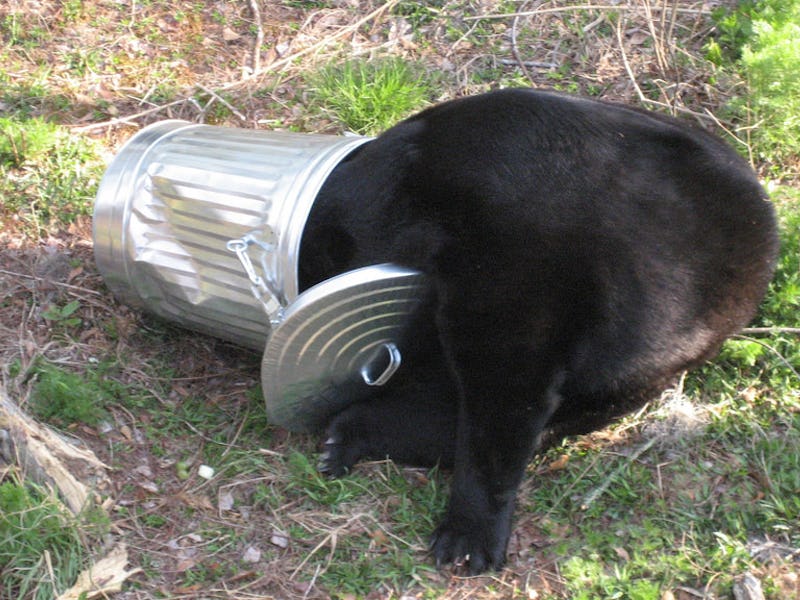What’s the best way to ensure bears wouldn’t be able to break into a product? Toss it to some bears to see if they can bust it open.
Profiled Thursday in the Wall Street Journal, the Grizzly and Wolf Discovery Center is a park and educational facility that also lets manufacturers of outdoor gear test their products with grizzlies. These bears are the best of the best — repeat break-in offenders who, instead of being euthanized or sent to a zoo, got sent to the facility to spend their days mauling coolers.
Bear keepers fill the container being tested with tasty treats like peanut butter or fish and place them into the bear’s enclosure. If the product makes it 60 minutes, it is officially considered bear resistant. As the Wall Street Journal says:
“The stamp of approval is coveted by makers of products for campers and rafters, not to mention trash bins. But it’s no slam dunk. One grizzly, Kobuk, is so skilled at defeating the lids and latches, or the sides, of food containers that he is nicknamed The Destroyer.”
Not Kobuk, but his grizzly brethren.
Food-driven and intelligent, bears are considered by researchers to have excellent problem-solving abilities. They don’t just start pummeling stuff like some Winnie the Pooh on PCP — they are methodical and logical, typically shaking whatever they’re trying to get at to find its weaknesses. And with long blunt claws and strength 2.5 to 5 times that of a human, they’re damn good at getting into stuff too.
Bears break into a whole lot more than trash cans. A 2014 study found that bears can use rudimentary tools, like a rolled over tree stump as a stepladder towards something yummy. From 1997 to 2016, there have been at least 600 bear car break-ins, culminating in more than half a million dollars in damage. And we know they like breaking into pools:
While evolution helped them become the near-perfect burglar, it’s our own fault that bears try to break into our things. The bears that get sent to the Grizzly and Wolf Discovery Center are just reacting to a century of human foodstuffs entering their habitat. Fortunately, because of an increase in management strategies designed to keep bears away from human food in national parks, researchers have found a 63 decrease in human food consumption among bears in the United States since 1999. But because bears rapidly adjust to receiving human food, it is very difficult to get them to quit the habit. Bears are not picky eaters.
